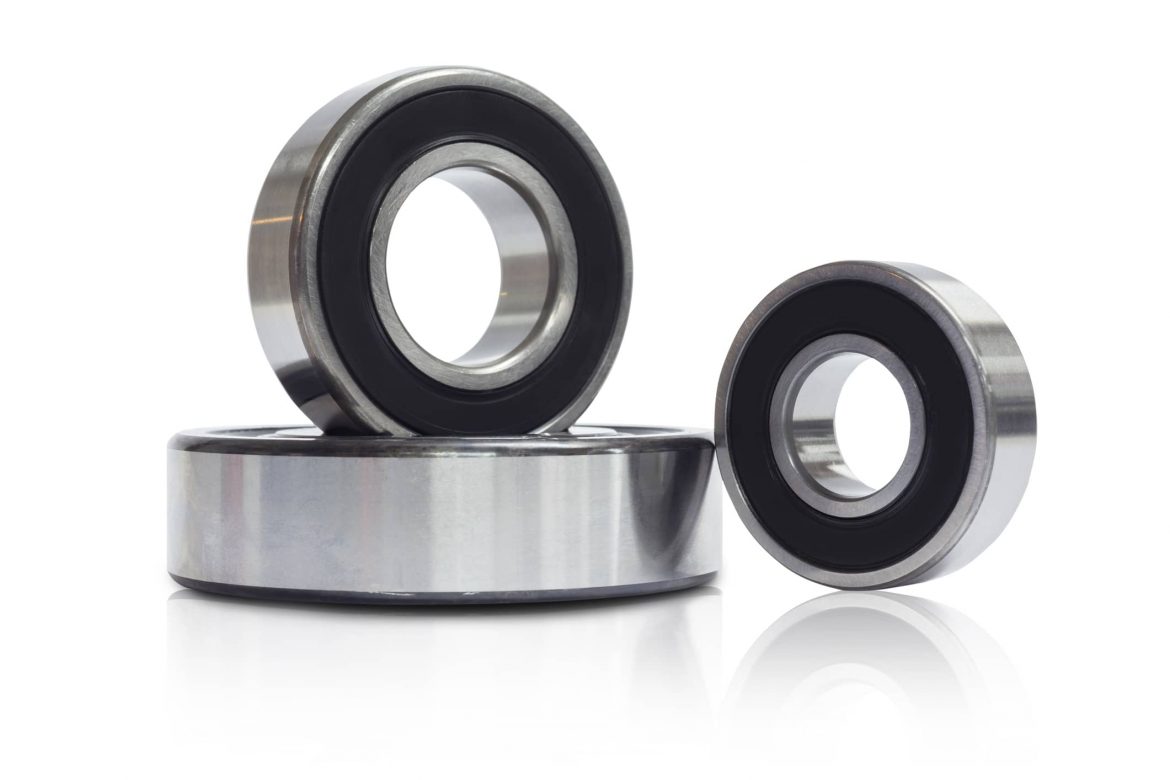Congratulations on your new car! Driving a shiny new car with almost no miles on it straight off the lot can be one of the most fun and satisfying feelings for the car enthusiast and the soccer mom alike. New cars today are filled with fantastic gadgets, surprising creature comforts and unparalleled safety features. Having a brand new car is also one of the best ways to ensure you will have trouble-free driving for years to come thanks to everything being brand new.
Why does my new car’s transmission shift hard?
There are a few things you should know about your new car to make sure you start off on the right foot together. Like any new mechanical equipment there is a break-in period for many things in your new car. Many car manufacturers have break-in procedures they do at the factory, but it is always a good idea to take some extra precautions. This break-in period is likely the reason why a new car’s transmission is shifting hard, or feels tight.
All of the mechanical systems in your new vehicle have been specifically designed, engineered and manufactured to work together. New cars today have some of the most technologically advanced systems and engines that have been manufactured in some very impressive facilities, so they do require less break in than engines decades ago. However, the process and end goal is still the same. Mechanical systems all have metal surfaces that slide on each other – surfaces like engine bearings, piston rings, gears in your transmission. Even wheel bearings and brakes are designed for this. These sliding surfaces are manufactured to be as smooth as possible, but they all still have microscopic rough edges. During the first few hours of operation, these microscopic rough edges and surfaces will be worn down as the slide on each other. This is the process of breaking in and will determine how well tight tolerances hold and how many pieces will fit together such as bearings and gear teeth.
Depending on how the manufacturer designed your engine and transmission, the break in requirements for your first few hundred driving miles and oil change intervals may be different. With the exception of high-performance engines, this usually will look like limiting your engine RPM and load as well as your top speed, and possible an early oil change. During this break in period you may also experience lower gas mileage than you expected, stiffer shifting from your transmission or more road noise. As long as you follow your manufacturers recommended break in procedure, these symptoms should go away in the first 1,000 miles.
Also worth mentioning is the break in of any friction surfaces such as the clutch in a manual transmission, the clutch packs or bands in an automatic transmission or brake pads. Depending on the material these surfaces are made from, they may require different break in procedures, so check with your equipment manufacturer.
Enjoy your new vehicle, take the first few miles to get to know each other and enjoy the ride! For a few more tips on new car break-in, check out this article from Popular Mechanics: http://www.popularmechanics.com/cars/how-to/saturday-mechanic-blog/how-to-break-in-a-new-car
BlueDevil Products can be found on Amazon.com or at AutoZone, Advance Auto Parts, O’Reilly Auto Parts, NAPA, and other major auto parts retailers.
Related Articles



